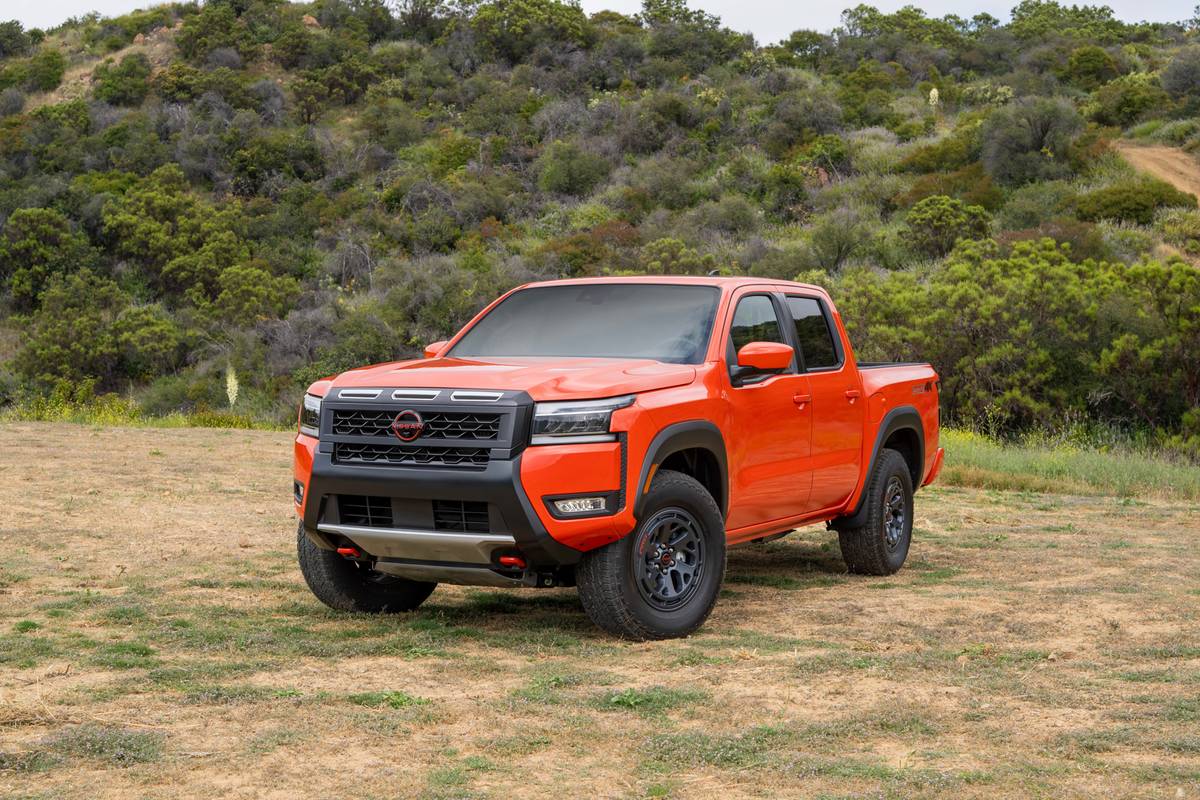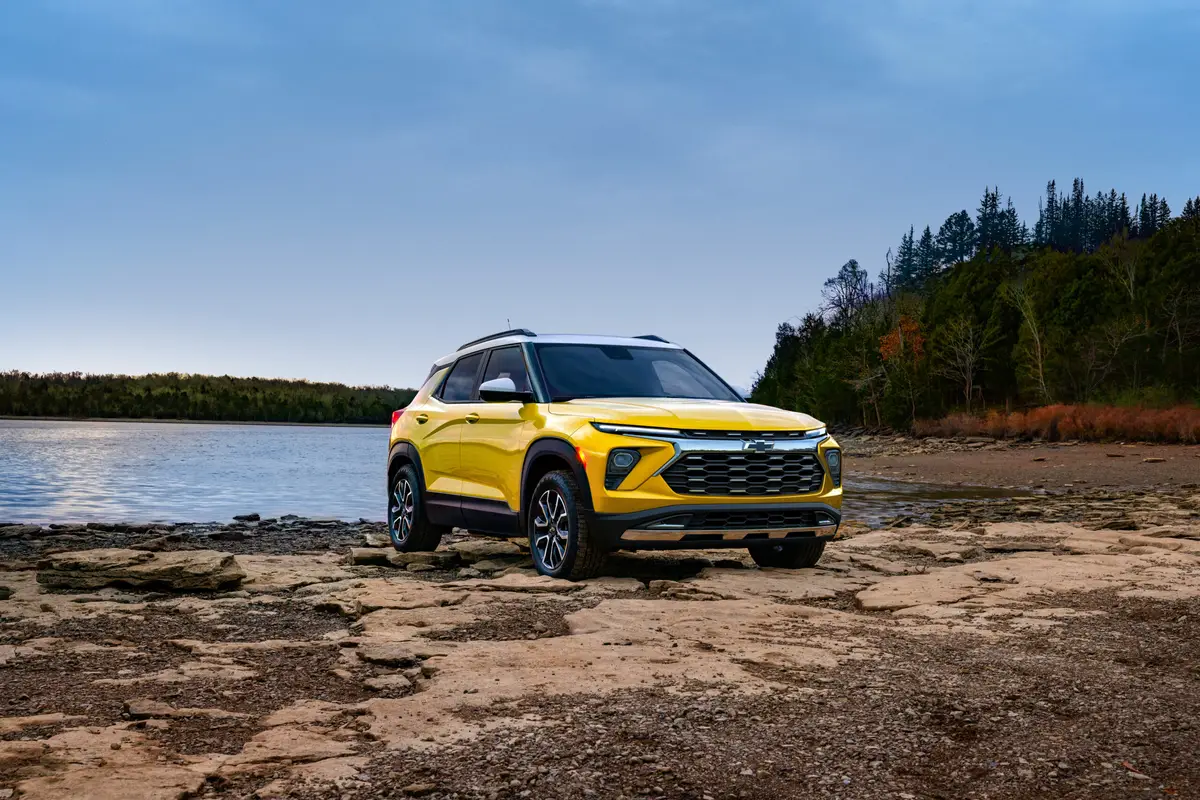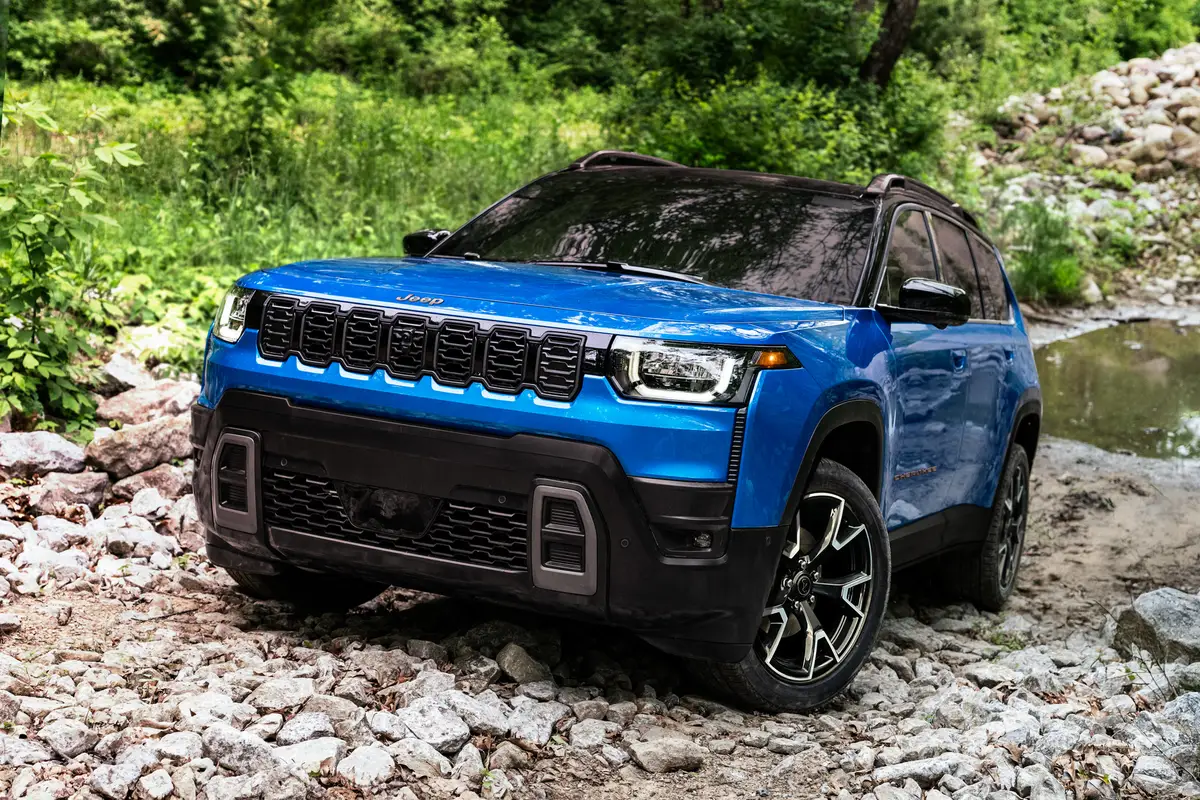chicagotribune.com's view
Can Hyundai convince consumers its vehicles have the same quality, reliability, durability and dependability as those produced by Toyota or Honda?
Well . . .
For 2001 Hyundai isn’t boasting the same quality, reliability, durability and dependability, but it is promoting that its vehicles have more standard equipment than a comparably equipped Toyota or Honda yet sell for $2,000 to $4,000 less.
So the Hyundai boast is more car for the money.
Will the pitch work?
The jury is out, but note that the automaker is predicting it will sell more than 240,000 cars in 2000, a 46 percent increase from 1999, and that it will add two new models in previously unexplored markets — a sport-utility vehicle and luxury sedan — that will increase sales by 65,000 units for 2001.
With Santa Fe and XG300, Hyundai expects 2001 results to easily top its U.S. sales record of 264,000 set in its glory days of 1987, when it offered only the subcompact Excel, a $4,995 new-car alternative to a used car.
Excel started fast then faltered when its quality proved that most any used car was better than a new Hyundai. Since ’87 Hyundai has been trying to live down the reputation.
With its two new 2001 vehicles, Hyundai insists it finally will turn the proverbial corner in consumer acceptance. After testing both, we’d have to say that if it doesn’t turn the corner, it’ll at least peek around the bend.
Perhaps Hyundai is giddy with expectation based on reports that demand is so high and supply so low for the new Santa Fe sport-ute that dealers are asking and getting more than list.
Santa Fe is offered in full-time all-wheel or front-wheel drive and in base, GLS and LX trim. We tested the FWD Santa Fe GLS, a rival to the Toyota RAV4, Honda CR-V, Chevrolet Tracker, Kia Sportage and Ford Escape.
Santa Fe isn’t the best small SUV in terms of ride, handling or performance, but it gives those on limited budgets a chance to get into a respectable SUV at an affordable price.
Santa Fe looks like an SUV, certainly more so than a CR-V, which looks like a wagon posing as a sport-ute. Cabin room is cozy and not cramped. Cloth-covered seats offer good support.
The rear hatchlid comes with a window that can be opened separately to load small packages. Like the CR-V, a table is hidden under the floor in the cargo hold, but there are no legs on the table. Hyundai said a table was in the concept Santa Fe, but it didn’t make the cut for the production model so you are left with a table top. The next generation is supposed to get table and legs.
Santa Fe is powered by a choice of 2.4-liter, 149-horsepower 4-cylinder or 2.7-liter, 181-h.p., 24-valve V-6 engine. Our vehicle came with the V-6, as responsive as you’d expect from an SUV with a 19-m.p.g. city/23-m.p.g. highway mileage rating and 4-speed automat ic.
Some might argue the need for a few more horses, especially if you fill the cabin with people and their things. More would probably argue, however, that they can live with the power and the mileage but would hope for a little less engine growl at take-off.
The suspension is pleasant. Unnecessary up-and-down movement is held to a minimum. In sharp corners, however, we backed off the accelerator to minimize body lean.
If you opt for AWD, Santa Fe doesn’t come with a low range for the really deep sand or really high mountains, and even Hyundai says you probably should take a pass on driving the Baja in one. Hey, without a table, who’d go to Baja anyway?
Two gripes: Cabin noise and rear seat backs that fold down to increase cargo space but don’t flip back up without a fight.
Santa Fe starts at $16,499 for the base FWD model with 4-cylinder. The FWD GLS with V-6 and automatic we tested starts at $19,299. The AWD GLS with V-6 and a utomatic s tarts at $20,799. The FWD LX starts at $20,499, the AWD LX at $21,999.
The GLS comes fully equipped. The only option (for now, a power driver’s seat will be added later) is four-wheel anti-lock brakes teamed with traction control at $595. For the Snow Belt, we’d opt for the AWD GLS with ABS.
Air conditioning, AM/FM stereo with CD, four-wheel disc brakes, 16-inch radials, power windows/mirrors/door locks, roof rack rails, fog lights, body-colored door handles and mirrors and leather-wrapped steering wheel are standard.
The XG300 we tested is Hyundai’s first venture in the “over $20,000 market” to compete with Camry and Accord.
The XG300 looks very much like an Infiniti, from the folds in the hood and deck lid to the vertical bar grille. XG300 is roomy with a host of standard equipment.
A 3-liter, 192-h.p., dual-overhead cam V-6 teamed with a 5-speed dual gate Shiftronic automatic/manual is the only powerplant. Ample pep and a good 19 m.p.g. city/27 m.p.g. highway rating, though 20 m.p.g. city should be Hyundai’s goal.
Very pleasant ride from a soft, but not mushy suspension that’s very forgiving over bumps in the road. Steering, however, is stiff and somewhat Mercedes-like in requiring added effort when changing directions.
The seats are wide and supportive, and though leather, you won’t slip or slide in tight corners. And thanks to that suspension, you won’t find yourself leaning against the door or the front-seat passenger in those corners, either. Seat-cushion bottoms are long and offer above-average thigh support for long-distance motoring.
Other nice touches include a stowage pouch in the instrument panel; center console stowage holder with cell-phone power plug; large outside mirrors; mud flaps integrated into the front fenders; fuel-filler-door/deck-lid release levers in the driver’s door; fold-down rear-seat armrest with stowage tray/cupholders; and a spacious rear cabin with surprisingly good leg room.
Couple of gripes: A partial tunnel-like opening between trunk and cabin when the rear seat backs are folded to increase cargo space, and the use of extended chrome door handles when bodycolored flush-mounted handles would look better.
The base XG we tested starts at $23,500, the uplevel L at $24,999. Both come with ABS and traction control as standard along with air conditioning, AM/FM stereo with cassette, digital clock, rear/side window defrosters, power mirrors/windows/locks, tilt steering, dual front and side air bags and 15-inch all-season radials. The L adds power moonroof and CD player as standard.
According to Bob Cosmai, vice president of sales, a $23,500 to $25,000 car is about as high as Hyundai wants to go in its lineup.
“The average income of a Hyundai buyer is now about $45,000. We are hoping to raise that to $55,000 to $60,000,” he said, meaning he hopes to attract more affluent owners with a more affluent sedan .
With the XG300 and Santa Fe, Hyundai now has six vehicles, but no pickup truck or mini-van.
“We’ve taken some looks at both a truck and a mini-van. But if you don’t build a truck in the U.S., you have to pay the [25 percent] import tax on pickups shipped into the U.S., and that makes adding a truck here tough. As for mini-vans, the Dodge Caravan and Honda Odyssey are so strong that at this point we have no plans to add a mini-van of our own,” Cosmai said.
And, he added, “no roadster; we want to focus on volume segments, which is why we brought out the Santa Fe.”
Hyundai, which purchased South Korean automaker Kia, won’t offer a Kia version of the XG300 or the Santa Fe, though Kia will offer a version of the Hyundai Sonata sedan, called the Optima, in December.
Latest news



